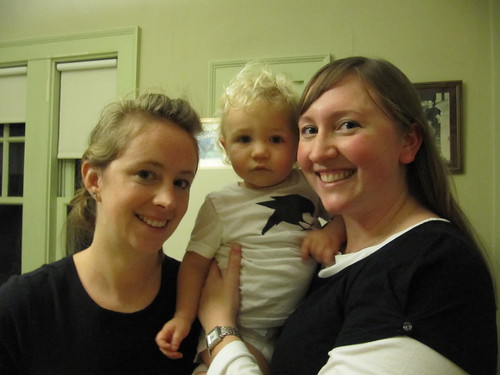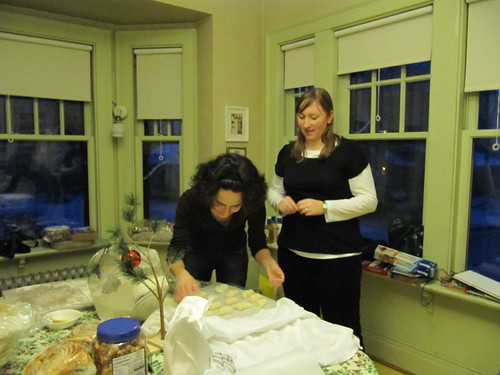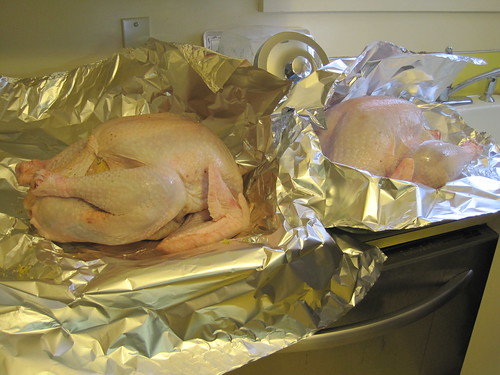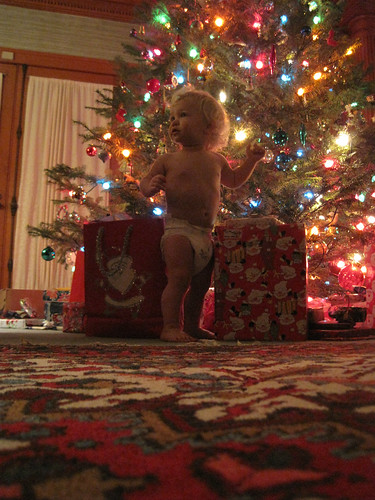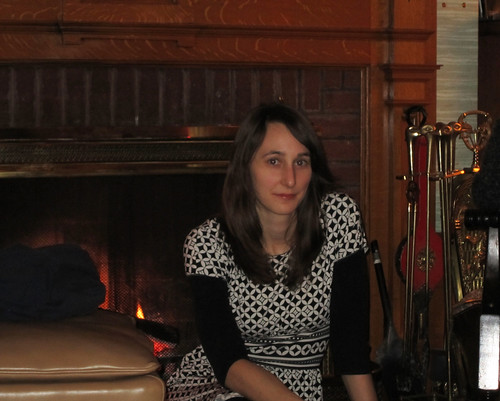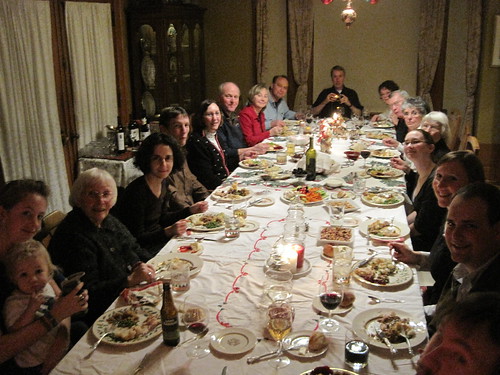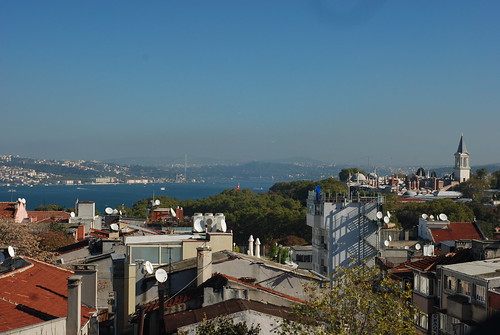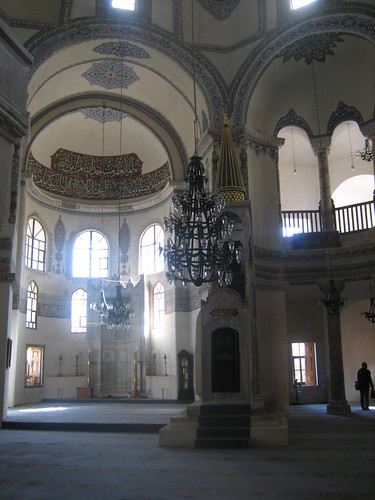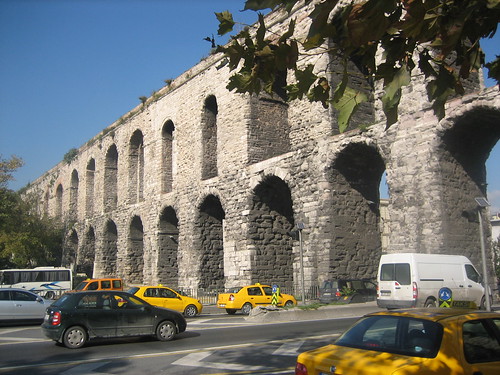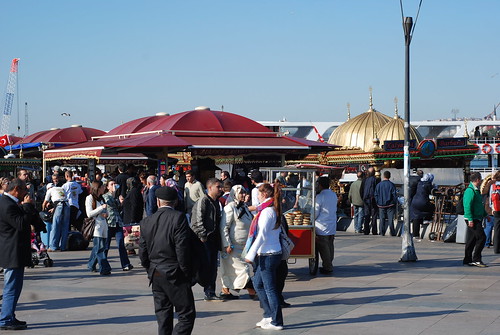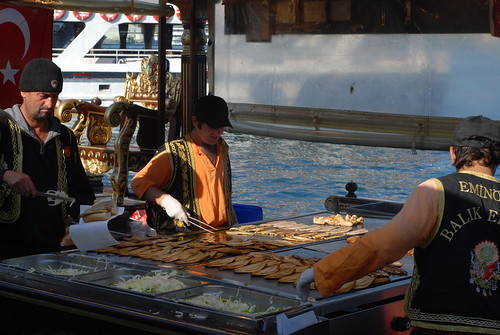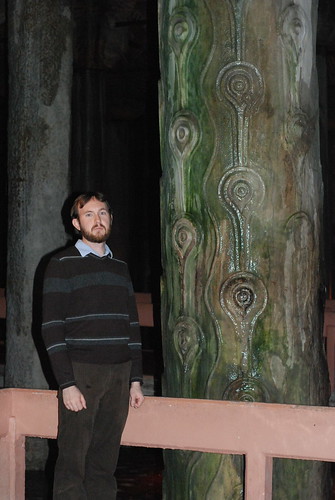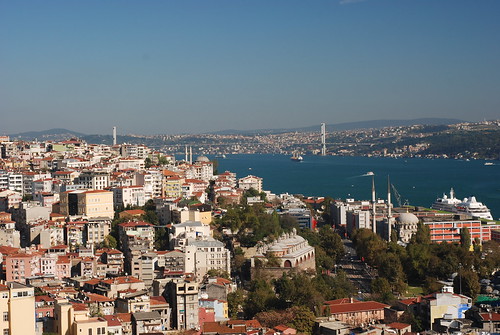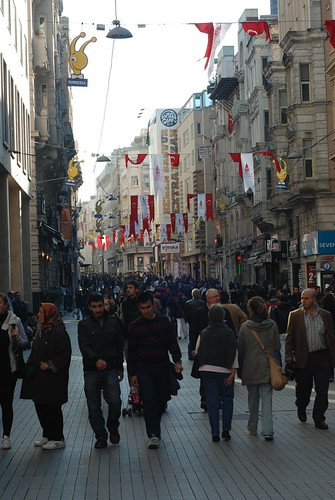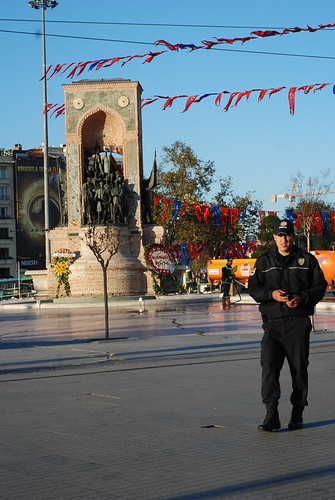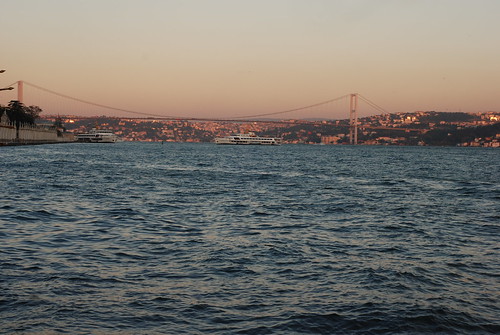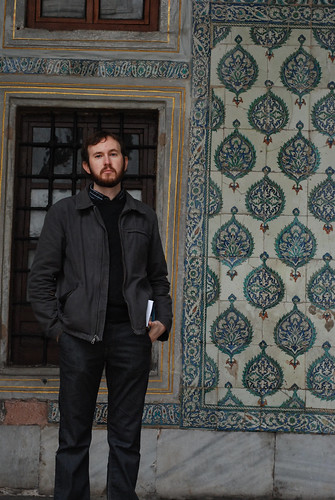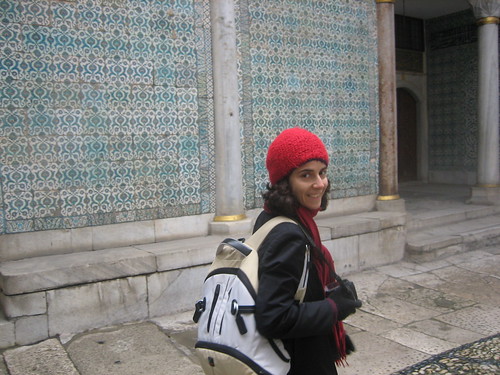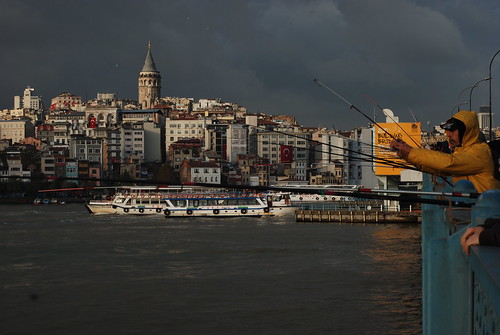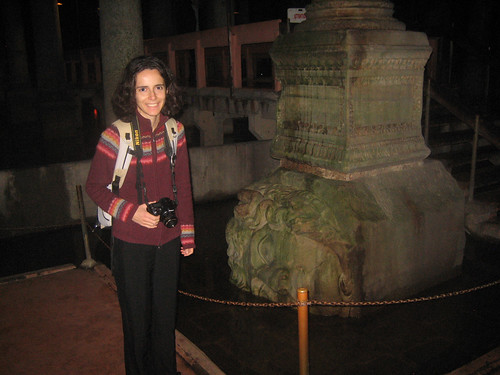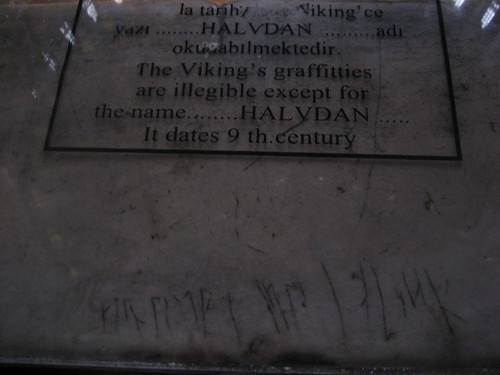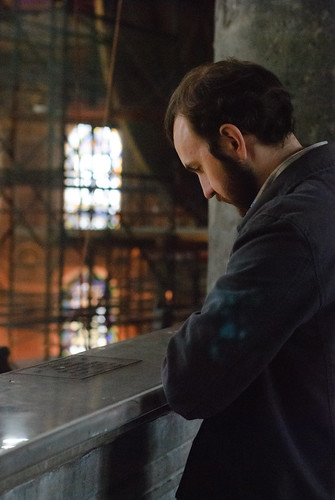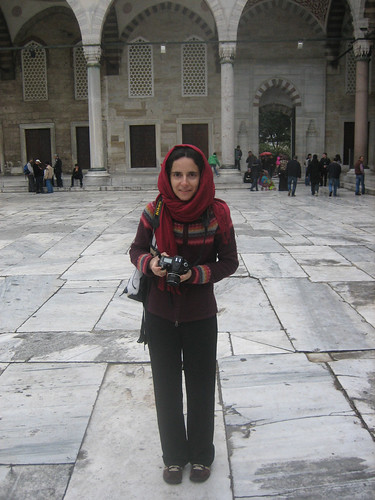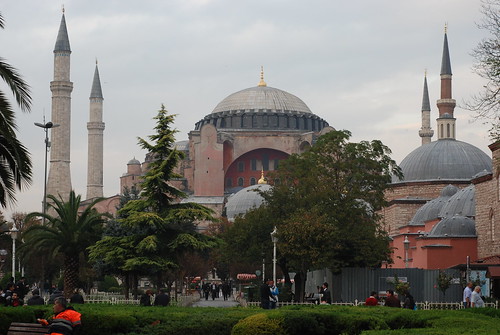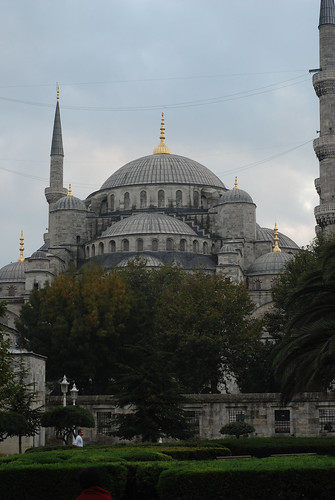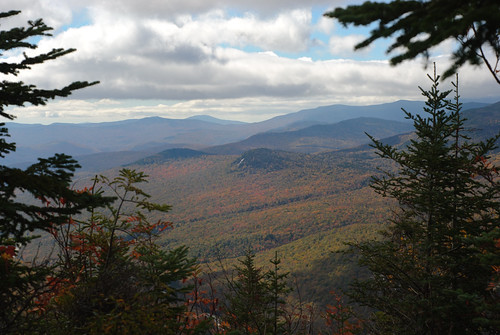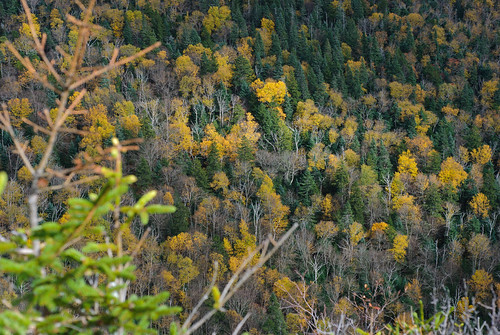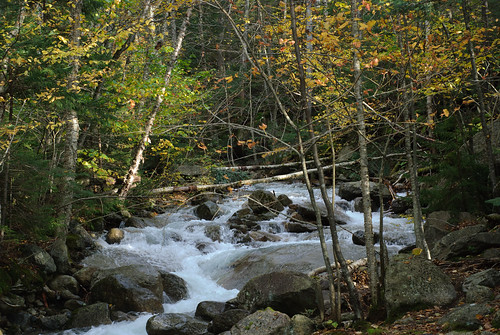We started our day rather tamely--at the Turkish and Islamic Arts Museum, where the carpets and tiles were beautiful, and at least half of the exposition was closed for restoration.
Only an hour later we took a taxi to the Chora Church to view its amazing mosaics. I mention the taxi mainly to underline the fact that the Chora Church is about 4 miles away from the Sultanahmet district of the Old Town.
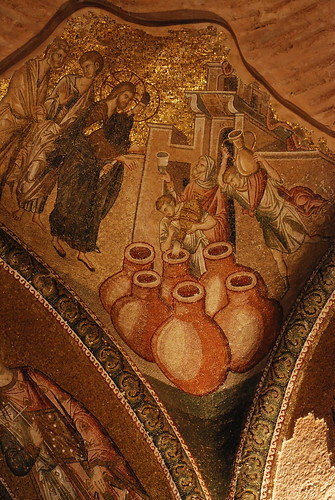 |
| The mosaic pieces used for the jars are actually pieces of terra-cotta |
After looking at the mosaics in the Chora Church, we sort of, kind of messed up, and did not eat lunch before continuing on our journey. We climbed the walls of the city (Constantinople had multiple walls, and these were the Walls of Theodosius, built in the 4th century) for some some amazing views.
Afterwards, we marched through several neighborhoods, thankfully yet untouched by hords of tourists. The lack of tourist industry can be a blessing and a curse, in particularly the latter if you really need to eat.
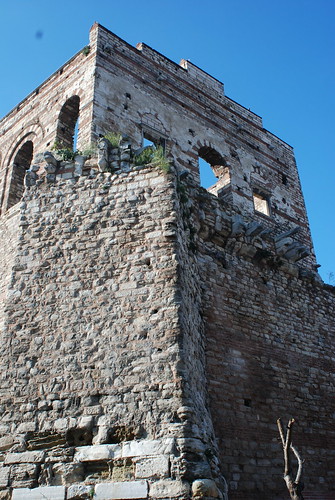 |
| Tekfur Palace--the world's only surviving Byzantine palace |
About two hours after leaving the church and losing all hope of finding real food (little corner shops selling potato chips do not count), we came upon
a little restaurant and decided to go in. We were clearly the only non-locals, but the waiter was extremely nice, and the food was very good. I guess we just got really lucky.
After lunch, we strolled along the Golden Horn for about two more miles until we reached the Galata Bridge. The pedestrian and automobile traffic was horrandous, but nevertheless we made it to the Spice Market about an hour before it closed.
The Spice Market was very crowded, and merchants lost no time trying to get us to buy something from them. I actually found it harder to shop here than at the Grand Bazaar. We quickly learned that prices visible outside the shop are not necessarily honored in the shop. Finally all "spiced" out we walked out and turned onto a street busy with shops selling similar items, but to locals. Prices here turned out to be lower, and the merchandise also included things like a dozen varieties of olives, feta cheese, and fish.
We rewarded ourselves for all the miles walked by eating dinner at the
Adonin restaurant. The food was good, but for a noticably higher price we got significantly worse service here than in
Pasazade, where we ate yesterday.
